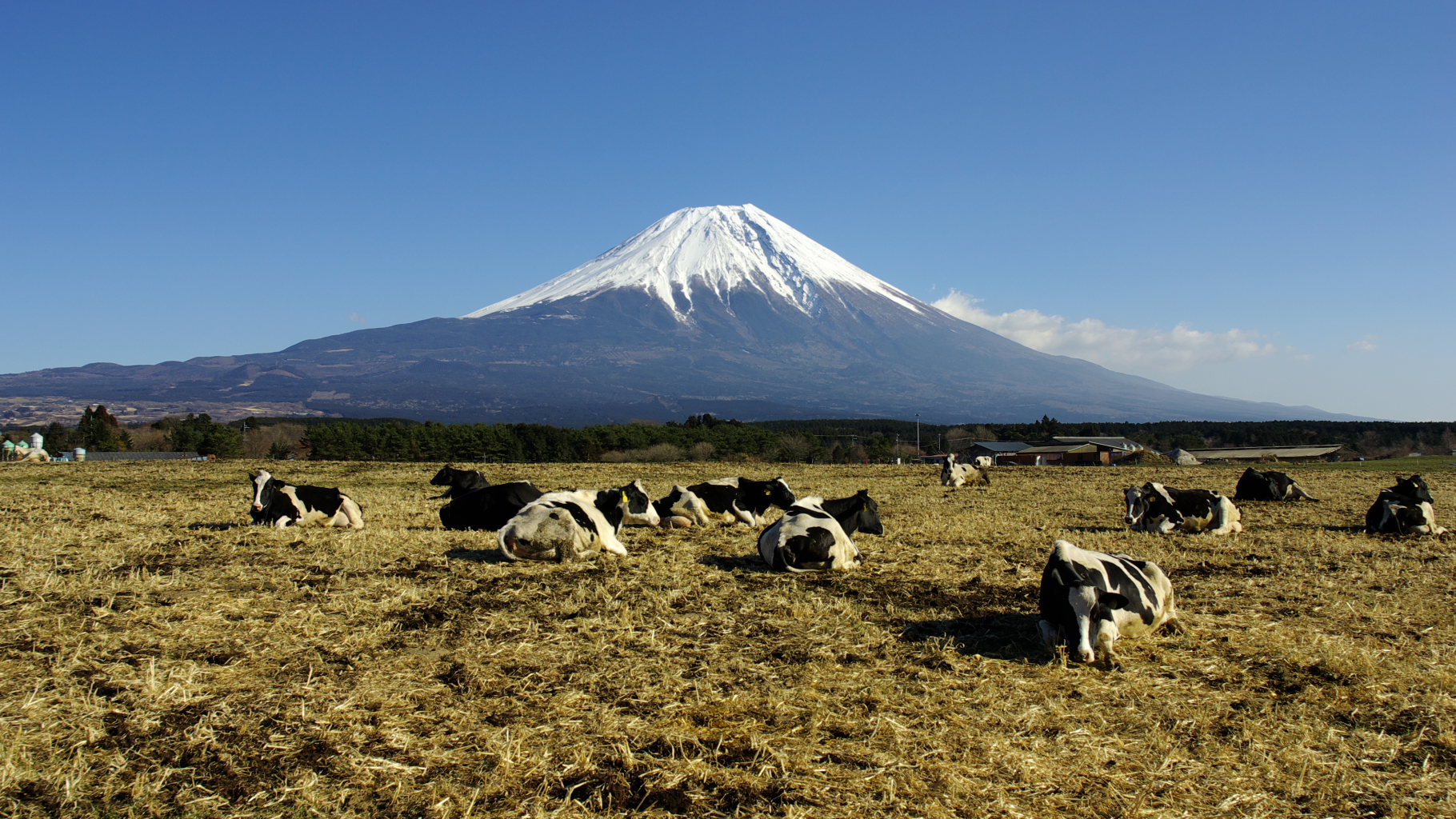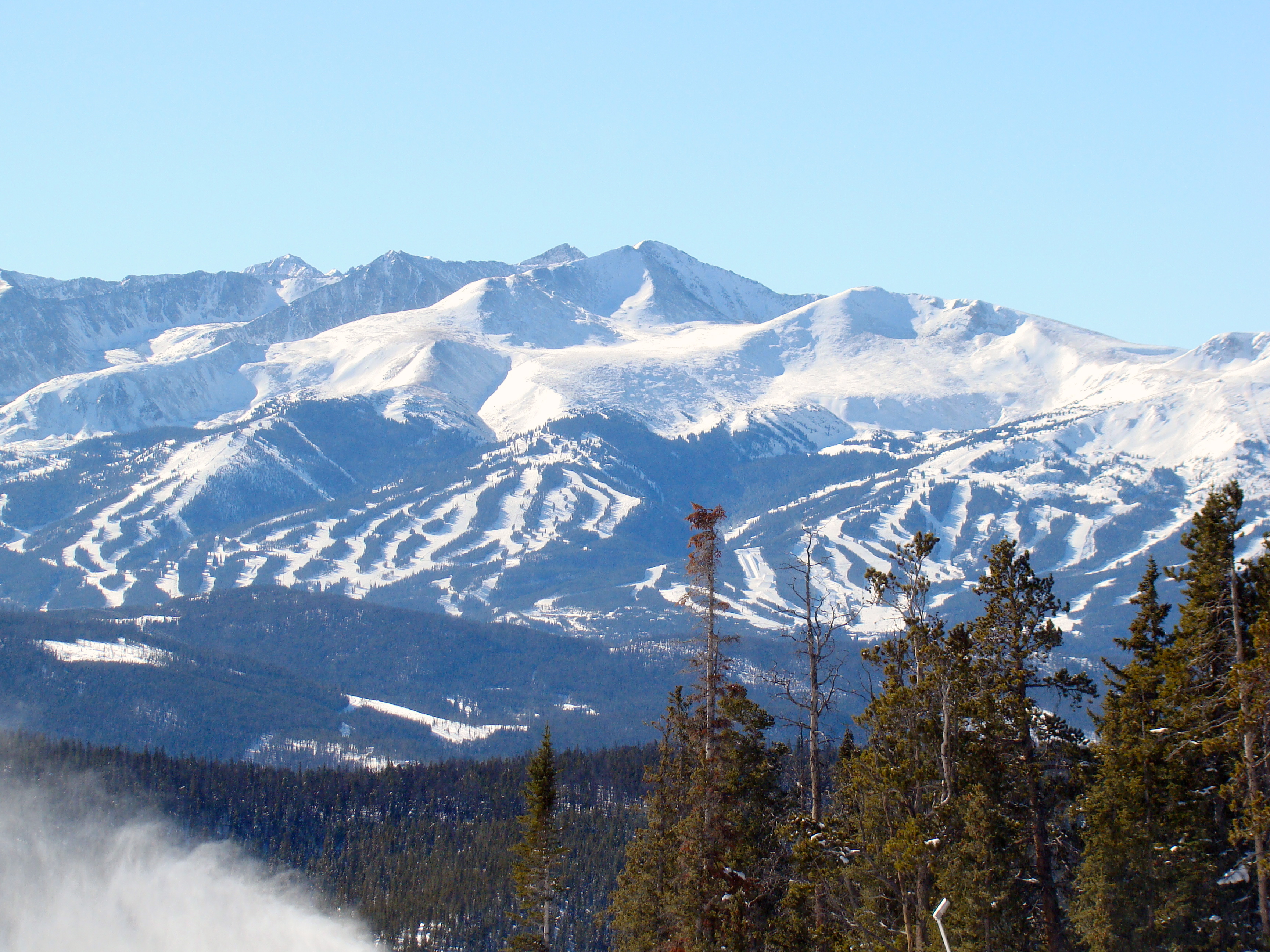|
Mount Azumaya
is a stratovolcano in Japan. The peak lies on the border of Nagano Prefecture and Gunma Prefecture. There exist alternative spellings of the mountain's name, like: 吾妻山 and 吾嬬山 which is read as "Agatsuma-yama" (Mount Agatsuma). In the village Tsumagoi, the mountain is spelled 吾妻山. The mountain should not be confused with of which there are two, one in Nagano Prefecture and the other in Saitama Prefecture. Though the reading is the same, the name written in Kanji differs from the mountain in this article. Outline Mount Azumaya was formed between 900,000 and 300,000 years ago by andesite lava flowing out of a stratovolcano. An eruption 340,000 years ago formed a caldera of circa 3 kilometers in diameter. Through erosion the mountain has arrived at its present form with several peaks. is the general term for the following peaks lying roughly on a circle: , Mount Azumaya, , . The famous Sugadaira Kōgen ski area is found on the mountain's southwest (Nagano- ... [...More Info...] [...Related Items...] OR: [Wikipedia] [Google] [Baidu] |
100 Famous Japanese Mountains
is a book written in 1964 by Mountaineering, mountaineer and author Kyūya Fukada.Hyakumeizan, Hiking Japan! . Japan Gazetteer. Accessed June 27, 2008. The list has been the topic of NHK documentaries, and other hiking books. An English edition, ''One Hundred Mountains of Japan'', translated by Martin Hood, was published in 2014 by the University of Hawaii Press (). The complete list (sorted into Regions of Japan, regions from northeast to southwest) is below. History Selections of celebrated mountains have been produced since the Edo period. Tani Bunchō praised 90 mountains in 日本名山図会 (''A collection of maps and pictures of famous Japanese mountains''), but among these were included such small mountains as Mount Asama in Ise, Mie, and Mount Nokogiri (Chiba), Mount Nokogir ...[...More Info...] [...Related Items...] OR: [Wikipedia] [Google] [Baidu] |
Stratovolcano
A stratovolcano, also known as a composite volcano, is a typically conical volcano built up by many alternating layers (strata) of hardened lava and tephra. Unlike shield volcanoes, stratovolcanoes are characterized by a steep profile with a summit crater and explosive eruptions. Some have collapsed summit craters called calderas. The lava flowing from stratovolcanoes typically cools and solidifies before spreading far, due to high viscosity. The magma forming this lava is often felsic, having high to intermediate levels of silica (as in rhyolite, dacite, or andesite), with lesser amounts of less viscous mafic magma. Extensive felsic lava flows are uncommon, but can travel as far as 8 km (5 mi). The term ''composite volcano'' is used because strata are usually mixed and uneven instead of neat layers. They are among the most common types of volcanoes; more than 700 stratovolcanoes have erupted lava during the Holocene Epoch (the last 11,700 years), and many ol ... [...More Info...] [...Related Items...] OR: [Wikipedia] [Google] [Baidu] |
Volcanoes Of Nagano Prefecture
A volcano is commonly defined as a vent or fissure in the crust of a planetary-mass object, such as Earth, that allows hot lava, volcanic ash, and gases to escape from a magma chamber below the surface. On Earth, volcanoes are most often found where tectonic plates are diverging or converging, and because most of Earth's plate boundaries are underwater, most volcanoes are found underwater. For example, a mid-ocean ridge, such as the Mid-Atlantic Ridge, has volcanoes caused by divergent tectonic plates whereas the Pacific Ring of Fire has volcanoes caused by convergent tectonic plates. Volcanoes resulting from divergent tectonic activity are usually non-explosive whereas those resulting from convergent tectonic activity cause violent eruptions."Mid-ocean ridge tectonics, volcanism and geomorphology." Geology 26, no. 455 (2001): 458. https://macdonald.faculty.geol.ucsb.edu/papers/Macdonald%20Mid-Ocean%20Ridge%20Tectonics.pdf Volcanoes can also form where there is stretch ... [...More Info...] [...Related Items...] OR: [Wikipedia] [Google] [Baidu] |
Volcanoes Of Gunma Prefecture
A volcano is commonly defined as a vent or fissure in the Crust (geology), crust of a planetary-mass object, such as Earth, that allows hot lava, volcanic ash, and volcanic gas, gases to escape from a magma chamber below the surface. On Earth, volcanoes are most often found where list of tectonic plates, tectonic plates are divergent boundary, diverging or convergent boundary, converging, and because most of Earth's plate boundaries are underwater, most volcanoes are found underwater. For example, a mid-ocean ridge, such as the Mid-Atlantic Ridge, has volcanoes caused by divergent tectonic plates whereas the Pacific Ring of Fire has volcanoes caused by convergent tectonic plates. Volcanoes resulting from divergent tectonic activity are usually non-explosive whereas those resulting from convergent tectonic activity cause violent eruptions."Mid-ocean ridge tectonics, volcanism and geomorphology." Geology 26, no. 455 (2001): 458. https://macdonald.faculty.geol.ucsb.edu/papers/Macd ... [...More Info...] [...Related Items...] OR: [Wikipedia] [Google] [Baidu] |
Mountains Of Gunma Prefecture
A mountain is an elevated portion of the Earth's crust, generally with steep sides that show significant exposed bedrock. Although definitions vary, a mountain may differ from a plateau in having a limited summit area, and is usually higher than a hill, typically rising at least above the surrounding land. A few mountains are inselberg, isolated summits, but most occur in mountain ranges. mountain formation, Mountains are formed through tectonic plate, tectonic forces, erosion, or volcanism, which act on time scales of up to tens of millions of years. Once mountain building ceases, mountains are slowly leveled through the action of weathering, through Slump (geology), slumping and other forms of mass wasting, as well as through erosion by rivers and glaciers. High elevations on mountains produce Alpine climate, colder climates than at sea level at similar latitude. These colder climates strongly affect the Montane ecosystems, ecosystems of mountains: different elevations hav ... [...More Info...] [...Related Items...] OR: [Wikipedia] [Google] [Baidu] |
Volcanoes Of Honshū
A volcano is commonly defined as a vent or fissure in the crust of a planetary-mass object, such as Earth, that allows hot lava, volcanic ash, and gases to escape from a magma chamber below the surface. On Earth, volcanoes are most often found where tectonic plates are diverging or converging, and because most of Earth's plate boundaries are underwater, most volcanoes are found underwater. For example, a mid-ocean ridge, such as the Mid-Atlantic Ridge, has volcanoes caused by divergent tectonic plates whereas the Pacific Ring of Fire has volcanoes caused by convergent tectonic plates. Volcanoes resulting from divergent tectonic activity are usually non-explosive whereas those resulting from convergent tectonic activity cause violent eruptions."Mid-ocean ridge tectonics, volcanism and geomorphology." Geology 26, no. 455 (2001): 458. https://macdonald.faculty.geol.ucsb.edu/papers/Macdonald%20Mid-Ocean%20Ridge%20Tectonics.pdf Volcanoes can also form where there is stretching an ... [...More Info...] [...Related Items...] OR: [Wikipedia] [Google] [Baidu] |
List Of Mountains In Japan
A list is a set of discrete items of information collected and set forth in some format for utility, entertainment, or other purposes. A list may be memorialized in any number of ways, including existing only in the mind of the list-maker, but lists are frequently written down on paper, or maintained electronically. Lists are "most frequently a tool", and "one does not ''read'' but only ''uses'' a list: one looks up the relevant information in it, but usually does not need to deal with it as a whole".Lucie Doležalová,The Potential and Limitations of Studying Lists, in Lucie Doležalová, ed., ''The Charm of a List: From the Sumerians to Computerised Data Processing'' (2009). Purpose It has been observed that, with a few exceptions, "the scholarship on lists remains fragmented". David Wallechinsky, a co-author of '' The Book of Lists'', described the attraction of lists as being "because we live in an era of overstimulation, especially in terms of information, and lists help us ... [...More Info...] [...Related Items...] OR: [Wikipedia] [Google] [Baidu] |
List Of Volcanoes In Japan
This is a list of active and extinct volcanoes in Japan. An Orange background indicates a volcano considered active by the Japan Meteorological Agency. Hokkaido Honshū Izu Islands Ogasawara Archipelago The Ogasawara Archipelago include the Bonin Islands and Volcano Islands. Kyūshū Ryūkyū Islands See also * Notes and references Notes References External links Quaternary Volcanoes of Japan- Geological Survey of Japan - Geological Survey of Japan * ttp://www.data.jma.go.jp/svd/vois/data/tokyo/STOCK/souran_eng/souran.htm The National Catalogue of the Active Volcanoes in Japan- Japan Meteorological Agency 日本の主な山岳標高 (Elevation of Principal Mountains in Japan)- Geospatial Information Authority of Japan {{Asia topic, List of volcanoes in Japan Lists of coordinates Volcanoes A volcano is commonly defined as a vent or fissure in the crust of a planetary-mass object, such as Earth, that allows hot lava, volcanic ash, ... [...More Info...] [...Related Items...] OR: [Wikipedia] [Google] [Baidu] |
Mount Neko
is a mountain in Jōshin'etsu-kōgen National Park with an elevation of , located near Ueda and Suzaka in Nagano Prefecture, Japan. It is one of the because of the flowers of Parnassia palustris which bloom in September. Along with Mount Azumaya, Mount Neko is one of the published by The Shinano Mainichi Shimbun. The mountain should not be confused with a similarly named Mount Neko (根子岳) in Kumamoto Prefecture. Mount Neko forms the western peak along the rim of the caldera. This volcano was active 900,000–300,000 years ago. Other peaks on the caldera are Mount Azumaya () to the south, () to the east, and () to the north. Mount Azumaya is one of the 100 Famous Japanese Mountains. Mountain Climbing ; Ascent * One of the most frequently used trails begins at Sugadaira Farm (). From there, it is approximately 30 minutes to a birch forest, then one hour through the forest, and another 30 minutes from the tree line to the summit. ; Descent * From the summit, it is a ... [...More Info...] [...Related Items...] OR: [Wikipedia] [Google] [Baidu] |
Japan's Top 100 Waterfalls
is a list of waterfalls in Japan compiled by the Japanese Ministry of the Environment in 1990. Background According to the Japanese government, there are 517 named waterfalls in Japan. Many of these waterfalls are located in remote mountain locations, but with an increase in hiking and tourism in recent years, the number of visitors has greatly increased, placing significant pressure on the surrounding environment. Listing Gallery File:Hagoromonotaki.jpg, 1. Hagoromo Falls File: Inkura.jpg, 2. Inkura Falls File:Garoh-Fall.jpg, 3. Garō Falls File:Ginganotaki.jpg, 4. Ryusei-Ginga Falls File:Asiribetu.jpg, 5. Ashiribetsu Falls File:Oshinkoshin-no-taki.jpg, 6. Oshinkoshin Falls File:Kurokumanotaki.jpg, 7. Kurokuma Falls File: Waterfall of Fudou in Hatimantai.JPG, 9. Fudō Falls File:Akiu Otaki.jpg, 10. Akiu Great Falls File:Sankai_no_taki_5nov07.jpg, 11. Sankai Falls File:Nanataki Falls 2008-02-29.jpg, 12. Nanataki Falls File:Chagama-no-taki.jpg, 13. Chagama Falls Fil ... [...More Info...] [...Related Items...] OR: [Wikipedia] [Google] [Baidu] |
Ski Area
A ski area is the terrain and supporting infrastructure where skiing and other snow sports take place. Such sports include alpine and cross-country skiing, snow boarding, tubing, sledding, etc. Ski areas may stand alone or be part of a ski resort. Scope of activities The US Forest Service defines a ski area as: "a site and associated facilities that has been primarily developed for alpine or Nordic skiing and other snow sports, but may also include, in appropriate circumstances, facilities necessary for other seasonal or year-round natural resource-based recreation activities, provided that a preponderance of revenue generated by the ski area derives from the sale of alpine and Nordic ski area passes and lift tickets, revenue from alpine, Nordic, and other snow sport instruction, and gross revenue from ancillary facilities that support alpine or Nordic skiing and other snow sports." Notable examples Ski areas can extend over several municipalities (ex: La Plagne in France, ... [...More Info...] [...Related Items...] OR: [Wikipedia] [Google] [Baidu] |






